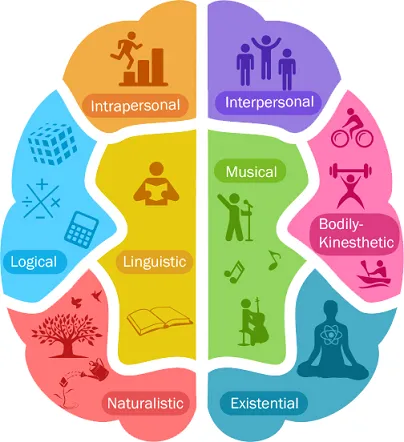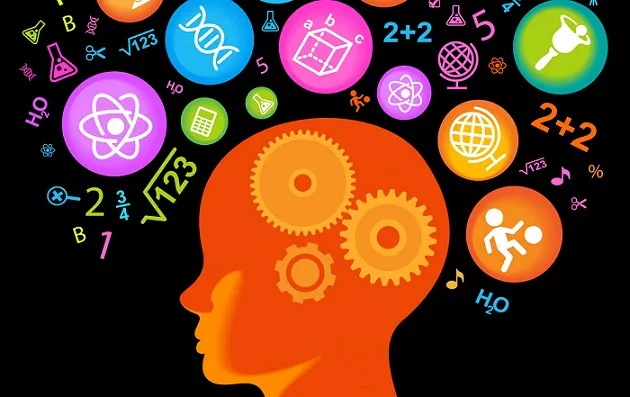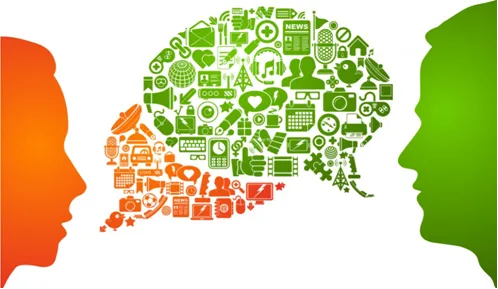
IMAGE SOURCE
Hello hello hello friends of #STEEMIT, in this post you will find eight types of intelligences that we can as a human being acquire and put into practice in our daily life, I hope you like it and thank you in advance for reading me.
Every human being has multiple intelligences, which can be used in different ways for or against their well-being, since some develop them more than others, since not all of them develop these intelligences but those necessary for their daily life.
Howard Gardner, American psychologist from the University of Harvard, wrote in 1983 "The structures of the mind", a work in which he contemplated the concept of intelligence as a capacity that every being human being has a greater or lesser degree, stating that it could not be measured by standard tools and offered criteria, not to measure it, but to observe and develop it.
According to Howard Gardner, who is the creator of the Theory of multiple intelligences, intelligence is the ability or ability to solve problems or develop products that can be appreciated in a particular culture. I pose several types of intelligence, equally important:
- Linguistic intelligence: This is considered one of the most fundamental. Usually both hemispheres of the brain are used and is what characterizes the writers. The full use of language has been a fundamental part for the development of this type of intelligence.

IMAGE SOURCE
- Musical intelligence: Also known as "good ear," is the ability of great musicians, singers and dancers. The impulse of this intelligence is from the same birth and changes in the same way from one person to another. A fundamental point in this type of intelligence is that no matter how strong it is, it always needs to be stimulated to develop its full potential, whether to play an instrument or to listen to a melody with sensitivity.

IMAGE SOURCE
- Mathematical logic intelligence: Ability to solve logic and mathematical problems. Of the different types of intelligence, this is the closest to the traditional term of intelligence. In ancient times this type of intelligence was used to create calendars, measure time and accurately estimate quantities and distances.

IMAGE SOURCE
- Space intelligence: The ability to see aspects such as color, line, shape, figure, space, and their relationships in three dimensions. This intelligence has professions as diverse as engineering, surgery, sculpture, navy, architecture, design and decoration.

IMAGE SOURCE
- Body intelligence - kinesthetic: Ability to control the movements of the body and express feelings through it. Kinesthetics have the ability to use their body to solve problems or perform activities. Athletes and dancers are in this type of intelligence. A natural aptitude for this type of intelligence often manifests itself as a child.

IMAGE SOURCE
- Intrapersonal intelligence: It is related to emotions, and allows you to understand yourself. This type of intelligence allows us to form an exact image of ourselves; it allows us to understand our needs, qualities and defects.

IMAGE SOURCE
- Interpersonal intelligence: It is the ability to understand other people with empathy; It is related to emotions. This type of intelligence allows us to understand people. It is based on the ability to handle human relationships, empathy with people and recognize their motivations, reasons and emotions that move them.

IMAGE SOURCE
- Naturalist intelligence: We use it to observe and study nature to organize and classify. Biologists are the ones who have developed it the most. The ability to study our surroundings is a way to promote this type of intelligence, always taking into account the natural aspects.

IMAGE SOURCE
NOTE: The images shown in this publication, are referential only to understand better than what is spoken in the article, if you want to see the source of each of them, I invite you to click on SOURCE OF IMAGE and that link send to where they were taken.
